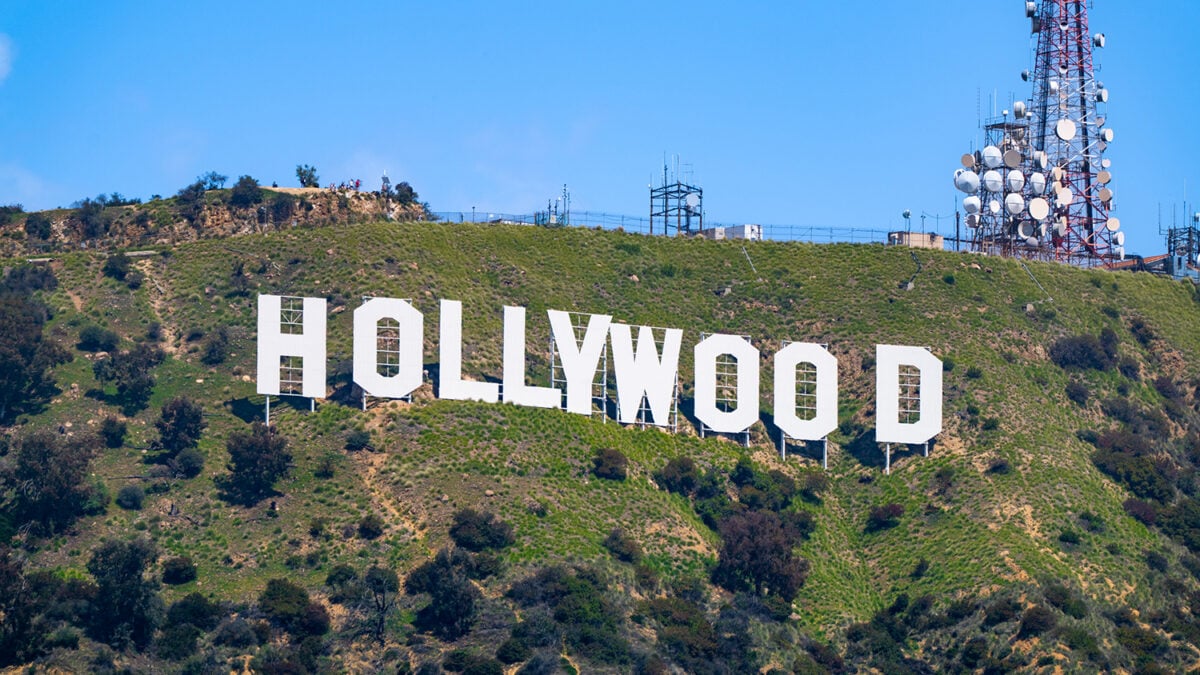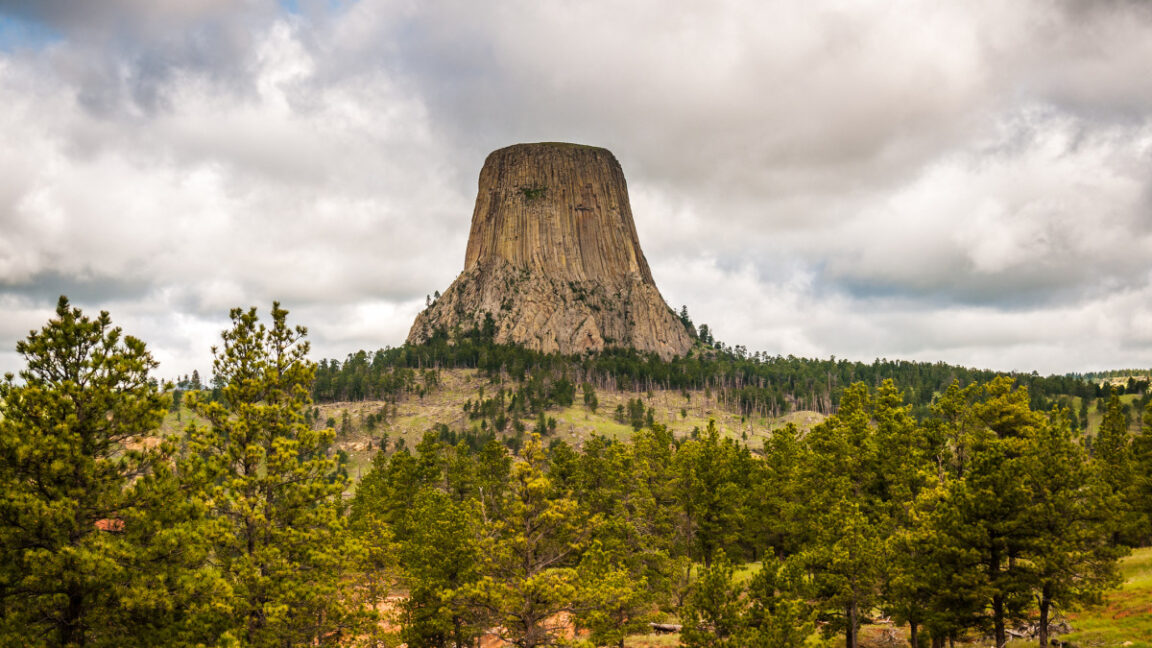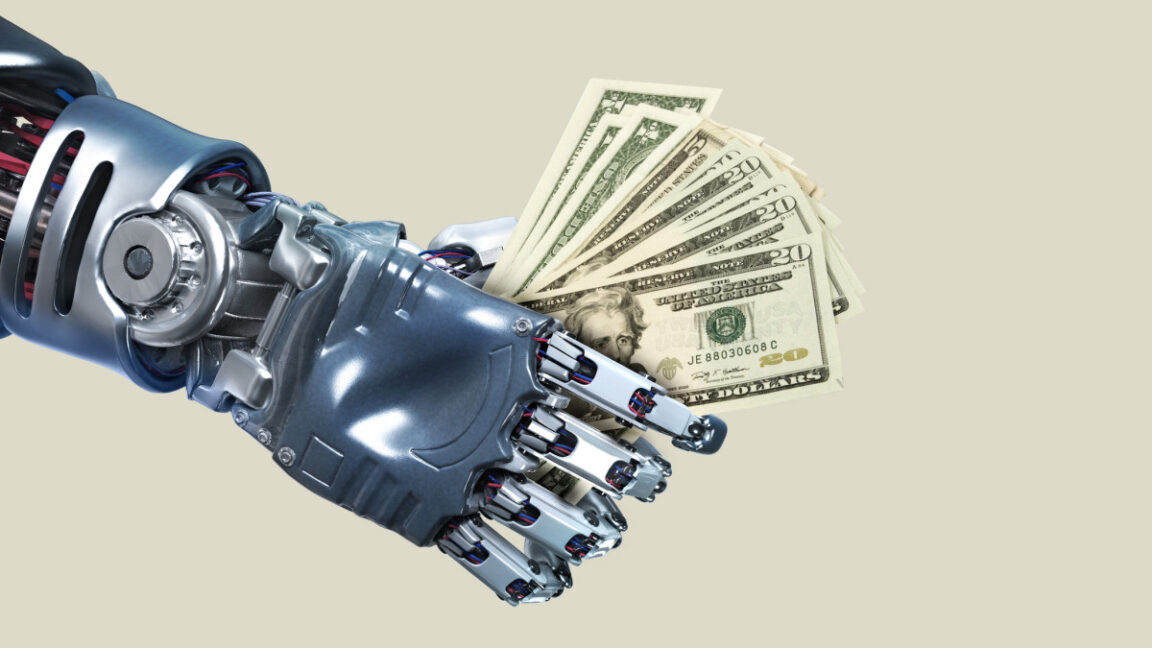AI in Film Schools: Screenwriting Classes Stir Debate Among Students and Faculty

Film programs across the country are moving fast to fold artificial intelligence into their curricula, and not everyone is applauding. At one Midwestern university, a 20-year-old film major says a campus email announcing a new “AI screenwriting” class made him furious. He posted on social media that the course embarrassed him, urged classmates not to enroll, and argued it shouldn’t exist at all.
His frustration captures a wider tension: while schools tout AI as the next creative toolset, many emerging filmmakers feel it undermines the craft they’re working so hard to master. The friction is especially sharp in writing, where brainstorming and iteration are core to learning.
Faculty at that school say the goal isn’t to replace human creativity. The new course was designed to analyze the rapidly evolving role of AI in the writing process and to test where, if anywhere, it can help. The instructor behind the class says he’s conflicted himself. As he puts it, ignoring AI would be a disservice to students; understanding it is part of preparing for today’s industry.
The program sits within a college that also houses computing and digital media, where leadership has been pushing for campus-wide AI literacy. There’s a task force exploring responsible adoption, and the film school recently hosted a symposium on AI’s influence in the arts. Supporters frame this as due diligence: if AI is changing workflows, artists should evaluate it with hands-on experience.
So what does “AI screenwriting” actually look like in the classroom? The structure mirrors a standard writing seminar. Students still pitch concepts, craft loglines, develop character bios, and build a step outline that maps out scenes. The difference is that generative tools are used as a collaborator of sorts—helping riff on options or challenge assumptions—before workshopping the results in class.
Crucially, the program requires students to disclose if, when, and how they used AI. Individual instructors decide whether those uses are acceptable for a given assignment. During workshops, students explain what the tools did well, where they failed, and how the human writer guided or rejected suggestions.
This school is far from alone. A major West Coast university launched a studio dedicated to AI for media and storytelling, focused on how the technology could intersect with film, journalism, and interactive projects. Another continuing education program in Los Angeles now offers a class on the creative process in the age of AI. Even a prestigious conservatory rolled out a short seminar series on storytelling with AI earlier this year.
One leader of the West Coast AI studio says the initiative came together in 2023, shortly after the public release of widely used chatbots. The sudden cultural shift signaled a new moment for image and story generation. She describes herself as deeply critical of AI’s corporate ownership and the way tools have been introduced to artists, yet she remains excited by the experimental forms emerging from the fringe.
Her courses have invited practitioners who migrated from traditional documentary or narrative filmmaking into AI-driven experimentation. One such creator now works on an artist program at a major AI lab and has produced short, dreamlike pieces with text-to-video software. These demonstrations can be polarizing: they’re novel and technically impressive, but raise complex questions about authorship, data provenance, and sustainable careers for artists.
Student reactions, she says, often begin with anxiety. Early cohorts asked why they should pay for an arts education if anyone can produce striking images with a prompt. The classroom answer, repeated often, is that the tools don’t replace taste, craft, or narrative instinct. Knowing how to tell a story, when to subvert expectations, and how to direct performances still matters.
Back in Chicago, interest in the AI screenwriting elective appears mixed. Enrollment is light enough that the section might not run. The instructor emphasizes the workshop’s purpose isn’t to evangelize automation, but to equip students to make an informed choice about whether and how to engage with it. He frames the semester as a guided critique of the technology’s current state, not a celebration of it.
For some students, however, the very premise feels like a betrayal. Filmmaking is hard by design, they argue, and the problem-solving journey is part of becoming an artist. Relying on generated text to leapfrog that process can feel like a shortcut that teaches the wrong lessons. As the outspoken student put it in our conversation, typing a prompt and accepting whatever comes back isn’t growth.
He worries that normalizing AI in foundational classes, especially writing, nudges beginners to skip the difficult, often messy work that sharpens their voice. If the first instinct is “let a model handle it,” he asks, what happens to originality, risk, and the personal obsessions that make great films?
That question is ricocheting across film schools right now. Administrators feel pressure to stay current with industry tools; faculty are split between curiosity and caution; students are weighing career pragmatism against artistic principles. Expect more pilots, more policies requiring disclosure, and more heated roundtables as campuses test the edges of what AI can—and should—do in creative education.
In the end, the debate isn’t simply about whether AI belongs in film school. It’s about what film school is for: training technicians for fast-changing pipelines, nurturing distinctive voices, or both. The answer will shape not just syllabi, but the next generation of stories that make it to the screen.



